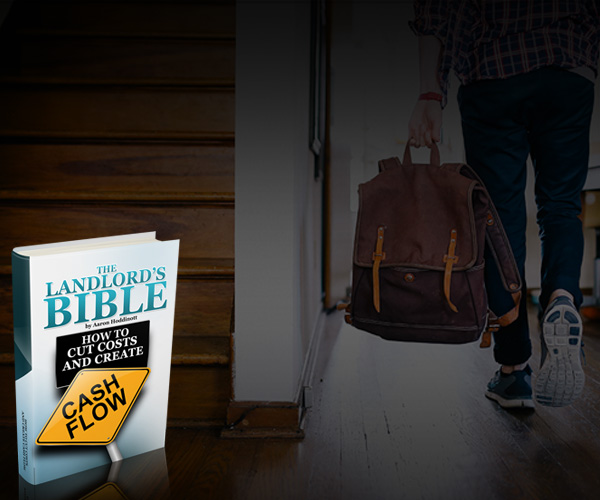Before you purchase an investment property, there are two little-known, yet critical, steps to take, and they aren’t covered in the home inspection… so listen up – they can end up saving you a ton of cash.
As you know from reading previous blogs of mine, two things kill your ROI on a rental property: bad tenants, and unexpected property maintenance. Both of which are highly preventable.
Combined with a home inspection, these two critical and proactive measures I am about to lay out, to be conducted before signing on the dotted line, should help you avoid buying a lemon of an investment property. But no one, not your agent, home inspector or the seller, will tell you to do them. I’ve learned through trial and error and want you to avoid disaster. That’s why I’m sharing them with you…
Avoiding the Devastation of Sewer Backup
This particularly applies to detached homes. Before purchase, call a plumber in to run a camera through the drainage pipe leading out to the city sewer line. For $150, this will tell you if something is blocking water flow, and more importantly it will indicate if a tree root has come through the pipe (this happens a lot! Particularly in neighbourhoods with poplar trees). A tree root coming through your sewage line can spell disaster for your rental, and pocketbook. Fixing a line that has been ruined by a tree root can cost upwards of $15k. A tree root can mess with your sewage line, yet not even be on your property. In which case it would be the city’s expense to fix. You can determine if this is the case with the camera, then proceed to contact the city to have it fixed. As a proactive/preventative measure, some cities provide this camera service for free! Be sure to check with your city to see if they do, therefor saving the $150 up front, and possibly 15k down the road.
The Secret Lies with the Neighbours
Even though it’s an investment property and you won’t be seeing them every day, you want to make sure the neighbours are good people. Don’t be shy. Go knock on the door of the neighbour’s house and begin the conversation with something like this:
“Hey, sorry to bother you; I just wanted to introduce myself – my name is Aaron and I am thinking about purchasing the house next door. I love the neighbourhood and think it would be a great investment. How do you find living in this area?”
From there, a quick and educational conversation will start. It will give you a true sense of whether or not you want to invest in that particular area. Even though you’re a landlord, and not living in the property, good neighbours are an invaluable asset, not to mention the fact that they act as quasi-surveillance on your investment. Neighbours give direct insight into other people on the street, crime levels, potential problems with municipalities, and much more. Speaking with them is sooooo important before making the investment.
After purchasing the investment property, I would drop off a six pack or bottle of wine for the neighbour and leave my cell phone number letting them know to call me if anything ever arises. This shows that you’re a responsible landlord and care about the neighbourhood. The biggest concern neighbours have when you purchase an investment property next to them is that you’re going to rent it to some party animals and be an absent/irresponsible landlord. From the onset, demonstrate to them that is not the case.
These are two critical, yet rather unknown, steps to take before buying an investment property. Use these, along with the advice in my eBook above, and your due diligence process as a landlord/real estate investor will be sound.
Aaron












